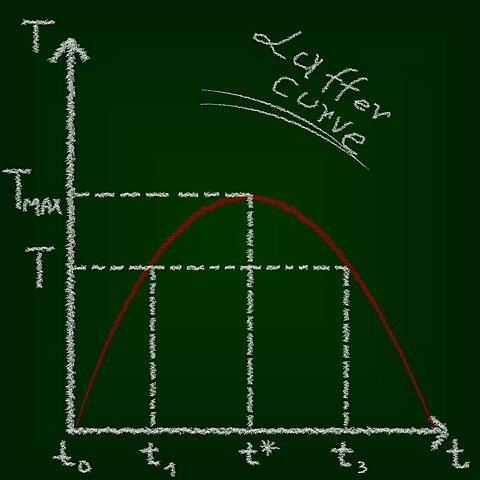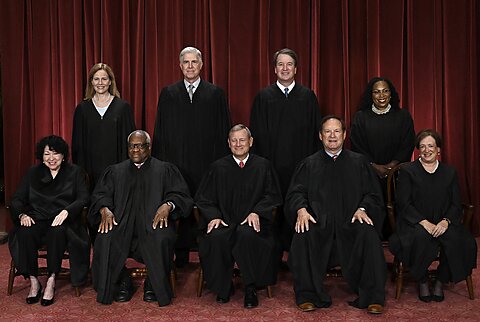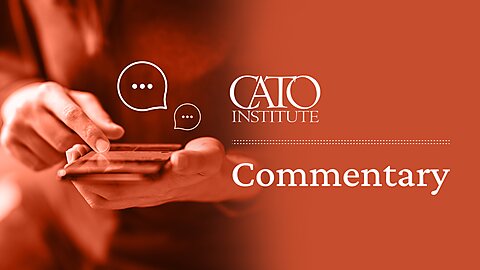Last Monday, the US Court of Appeals for the Federal Circuit (CAFC) ruled against a US Court of International Trade’s (CIT) decision from November 2021 that was widely considered a win for the solar panel installation industry. That CIT decision overturned former President Trump’s proclamation that increased safeguard duties on imported solar panels.
It is unclear how the Biden administration will respond to the CAFC’s reversal of the CIT’s opinion. However, reversing the CIT’s ruling matters for two reasons. Firstly, imports of bifacial panels between October 25, 2020, and February 7, 2022, could retroactively be subjected to duties for that period: 20 percent for bifacials imported between October 25, 2020, and February 6, 2021, and 18 percent for bifacials imported between February 7, 2021 and February 6, 2022.
The CAFC remanded the case, returning it to the CIT for further action. Secondly, the reversal sets a precedent for the president to modify safeguard measures in a trade‐restricting manner.
These safeguard duties date back to 2018 when President Trump imposed tariff‐rate quotas (TRQs) and tariffs on most crystalline silicon photovoltaic (CSPV) products—the predominant type of solar cells and panels. The Trump administration used Section 201 of the Trade Act of 1974 to apply “safeguard” measures to “prevent or remedy the serious injury to the domestic industry.” The tariff rates levied on these solar imports started at 30% in 2018 and were set to decline by 5 percentage points each year over the next three years.
In June 2019, the US Trade Representative (USTR) granted bifacial (two‐sided) solar panels exclusions from the tariffs (only solar cells are subject to the TRQ). In October 2020, President Trump issued a proclamation to revoke tariff exclusions on bifacial solar panels and to increase the tariff rate for the fourth year (February 7, 2021, through February 6, 2022) from 15 percent to 18 percent.
Litigation ensued and US industry groups prevailed in challenging the proclamation at the CIT. In November 2021, the court agreed that the proclamation “clearly misconstrued the reach of … the Trade Act, and thus constituted an action outside the President’s delegated authority.” The CIT ruled that the president could not modify the safeguard unless to liberalize trade. That is, since President Trump’s proclamation restricted trade by revoking the bifacial exclusion and increasing the fourth‐year tariff rate, the court overturned the proclamation, reinstating the exclusion of tariffs on bifacial panels and the 15% tariff rate for the fourth year.
Then, last Monday (November 13), the CAFC disagreed with this interpretation. Specifically, the CAFC ruled that the statutory definition of “modification” established no limit on the president’s power to change safeguard duties under the Trade Act.
What makes this story even more complicated is that the tariffs were set for four years because safeguard measures are supposed to be temporary. A little over a year into his first term, President Biden needed to decide how temporary these tariffs would be. In February 2022, President Biden needed to evaluate whether the US solar manufacturing industry should receive more time to be shielded from foreign competition. Even though numerous reports stated that the tariffs had successfully helped the domestic industry adjust, President Biden extended the safeguards for another four years, with some tweaks, including exempting bifacial solar panels.
While presidential actions on future safeguards for solar panel imports are yet to be seen, domestic panel producers already cite “the exclusion of bifacial modules from duties at different times within the tariff period” as a reason for limited growth in manufacturing. Yet, the Solar Energy Industries Association—which represents the larger part of the US solar sector in the installation and maintenance of solar panels—is vocal about safeguard duties’ (and antidumping and countervailing duties’) costly impact, which amounts to thousands of jobs and billions of dollars in investments lost. It will be interesting to see which group wins.
One thing is for sure—more trade, not less, is good for US workers and the environment. President Biden tacitly acknowledges this by vowing to use his veto power to backpedal harmful trade policies on renewables. In fact, earlier this month, the president vowed to veto the Senate’s joint resolution overturning his waiver of certain “Buy America” (domestic content rules) requirements on government‐funded electric vehicle charging stations.
Instead of continuing support for efforts that keep renewables expensive through protectionist means, the administration or Congress could do more for US workers and the uptake of renewables by:
repealing tariffs on steel and aluminum, which are vital components to producing solar panels,
repealing tariffs on Chinese goods,
repealing antidumping and countervailing duties on imports of solar cells and modules from China, Taiwan, Cambodia, Malaysia, Thailand, and Vietnam, and
removing all tariffs on environmental goods.
Otherwise, dirty politics will continue to plague the clean energy space.









